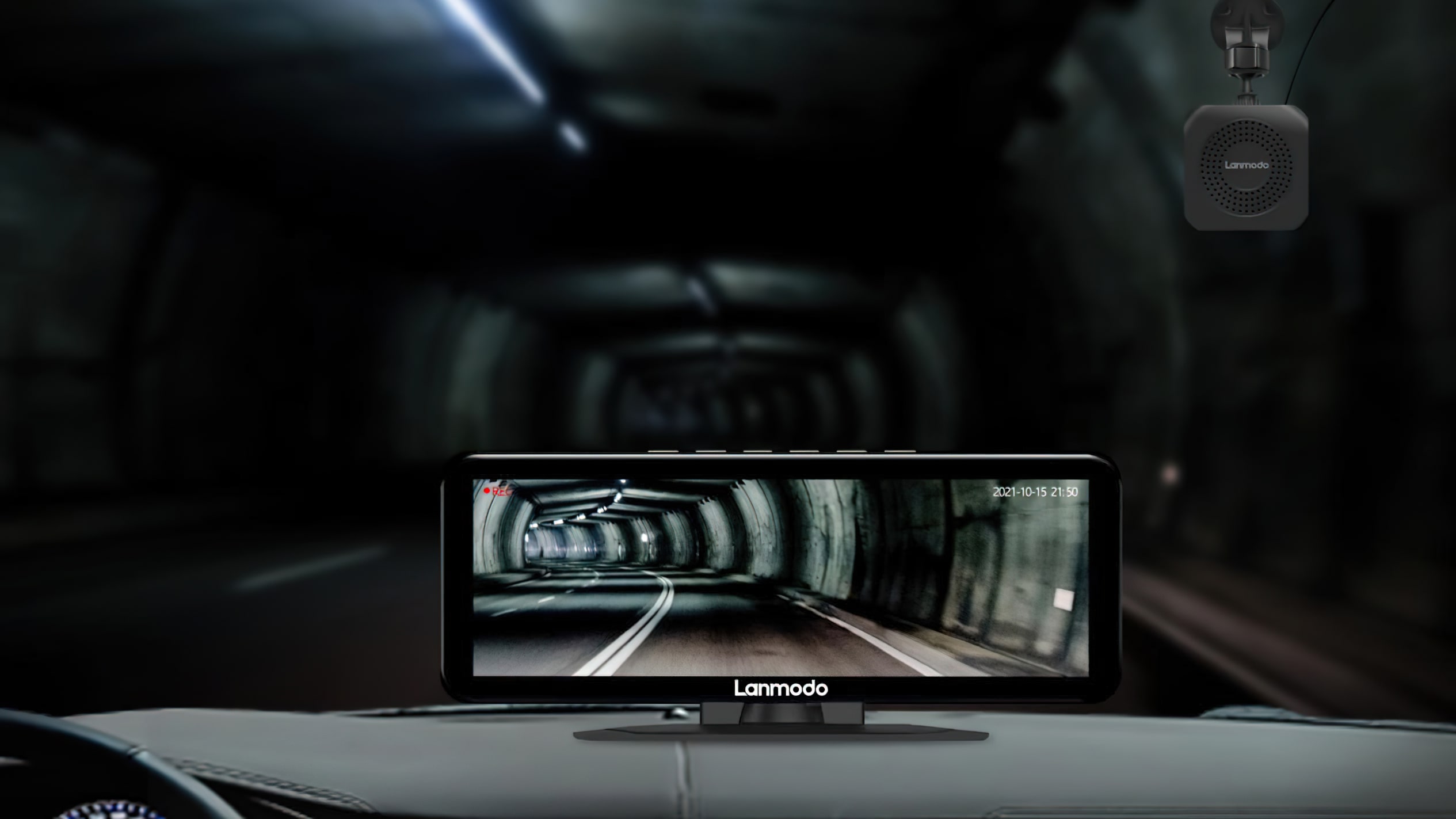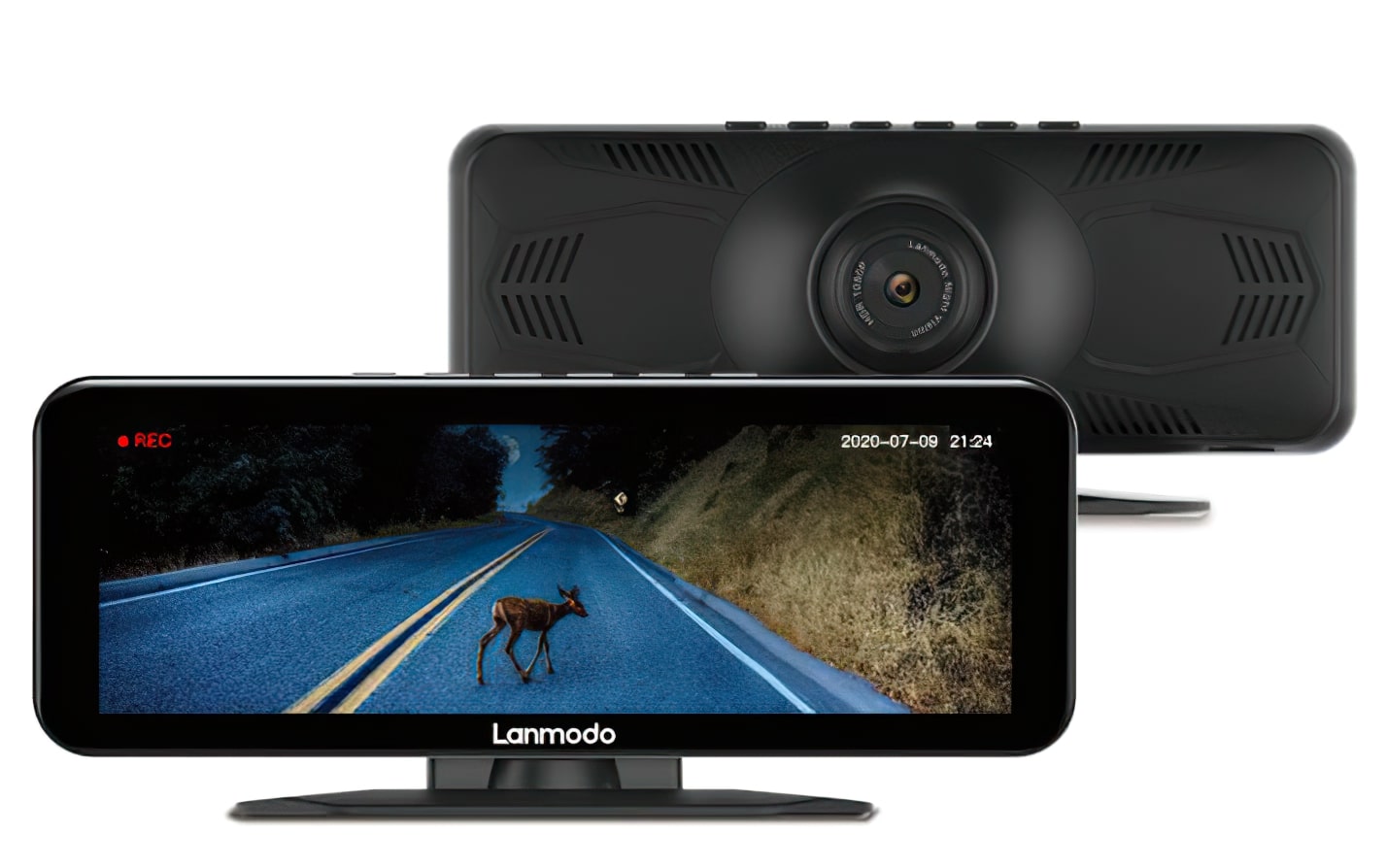
The Asus ROG Crosshair VIII Hero has most likely extra USB ports than you’ll ever want, however in case you’re pondering of building a new PC with certainly one of AMD’s Ryzen 3000 CPUs in it and have a bunch of peripherals you need to plug into it, then this one is sort of definitely going to suit the invoice. It’s going to be a fairly large invoice, thoughts, as this specific X570 motherboard is presently one of the costly ones you may get, particularly in case you plump the additional tenner or so for the Wi-Fi mannequin that I’ve received on check right here. Priced at £390 / $380, is it actually price selecting this over one thing a bit cheaper just like the MSI X570 Gaming Edge? Here’s wot I believe.
The Asus ROG Crosshair VIII Hero does include much more within the field in comparison with the MSI. You get 4 SATA cables as an alternative of two, for instance, in addition to two extension cables for any RGB strips that could be lurking inside your PC case. It additionally comes with a entrance panel connector doodad within the field, making it a bit simpler to attach a few of these tiny, pesky cables, a BIOS LED indicator for simple troubleshooting, and the motherboard has much more RGB lighting on the entrance of it, too, versus resigning it to the again.
It does, nevertheless, really feel much more compact than different X570 motherboards I’ve examined to date, notably up the highest subsequent to the pre-mounted I/O board and CPU socket. I discovered it particularly tough to attach my 8-pin CPU energy connector, for instance, and it was a bit difficult connecting up my varied channel fan headers as effectively.
The Crosshair’s layered heatsink association round its PCIe slots additionally felt a tad convoluted, as you not solely should take away each heatsink covers to disclose its pair of M.2 ports, however you additionally should unscrew the plastic cowl sitting on high of its chipset fan as effectively. I imply, as soon as it’s finished, it’s finished, so it’s not such as you’re going to be always faffing round with it, however of the 4 X570 boards I’ve examined to date, the Crosshair was undoubtedly one of many fussier ones when it got here to ease of use.

The Asus ROG Crosshair VIII Hero helps as much as 128GB of DDR4 RAM, with speeds ranging between 2133-2666MHz by default, or as much as 4600MHz when overclocked.
Still, by way of basic desktop efficiency, there’s rather a lot to love right here. In Geekbench 4.3, for example, the Crosshair VIII Hero managed a single core rating of 5029, and a multicore rating of 32,579. The former is, admittedly, round 3-4% slower than the significantly cheaper £220 / $210 MSI X570 Gaming Edge, however the latter inches simply in entrance of it. It was additionally neck and neck in PCMark 10’s desktop benchmark as effectively, coming in with an total rating of 6577 in comparison with the MSI’s 6640.

The Crosshair VIII Hero comes with three PCIe x16 slots, all of which help PCIe 4.0. However, solely the highest one runs on the full x16. The others run at x8 and x4.
As a gaming motherboard, although, the Crosshair VIII Hero is fairly middling – no less than in comparison with the opposite X570 boards I’ve examined to date. In Shadow of the Tomb Raider, it produced a median of 109fps on Highest at 1080p with its TAA anti-aliasing enabled, which is simply a few frames behind the MSI (111fps) and the similarly-priced Gigabyte X570 Aorus Master (110fps), and solely a single body in entrance of the marginally cheaper £297 / $300 AsRock X570 Taichi (108fps). It managed to shut the hole with the Gigabyte once I moved as much as 1440p, producing an equally quick common of 99fps on Highest with TAA, however the MSI nonetheless had the sting with a median of 100fps.
The Crosshair managed to achieve a little bit of a lead in Total War: Warhammer II, ending its inside benchmark with a median of 107fps on Ultra at 1080p to equal that of the MSI, however the AsRock was solely a teensy bit behind with 106fps, whereas the Gigabyte completed with 105fps. Likewise, all besides the Gigabyte managed a median of 94fps on Ultra at 1440p, and even then the Gigabyte was solely a few frames behind with 92fps.

It’s a little bit of a faff attending to the Crosshair VIII Hero’s M.2 ports to attach an NVMe SSD, however when you’ve eliminated its varied heatsinks and the plastic cowl, you’ll discover two M.2 ports, certainly one of which helps the tremendous quick PCIe 4.Zero commonplace.
It was an identical story with Assassin’s Creed Odyssey, too. The Asus got here third once I ran them by its inside benchmark on Ultra High at 1080p, ending with a median of 75fps total. They have been all fairly shut, although, with all 4 boards ending between 74-77fps. At 1440p it was even nearer, too, with the Asus and AsRock coming in with averages of 67fps on Ultra High, whereas the Gigabyte and MSI managed 66fps. Sure, it’s not going to make an enormous distinction to your total gaming efficiency, however I need to admit I hoped for a bit extra contemplating its greater value.
The Crosshair VIII Hero was additionally fairly common when it got here to SSD speeds as effectively. Testing my PCIe 3.0 WD Black NVMe SSD first, this managed a decent random learn pace of 46.1MB/s in AS SSD’s 1GB random check, and a random write pace of 161.2MB/s. That’s just about according to the opposite X570 boards I’ve examined, though the latter nonetheless has a technique to go earlier than it might probably match the AsRock’s random write pace of 178.7MB/s.
Still, when it got here to testing my PCIe 4.0 Gigabyte Aorus NVMe Gen4 SSD, the Crosshair VIII Hero beat the lot of them, producing a random learn pace of 66.3MB/s and a random write pace of 167.4MB/s. The latter is barely a handful of MB/s in entrance of the MSI, all instructed, which managed 162.1MB/s, however it’s rather more promising than the Gigabyte’s results of simply 151.9MB/s.
Ultimately, although, the Asus ROG Crosshair VIII Hero nonetheless doesn’t really feel fairly nearly as good worth for cash because the nippy £220 / $210 MSI X570 Gaming Edge, even when it does include all of the USB ports on the earth. Instead, you may as effectively save your self that additional £200 / $200-odd and put it towards a greater graphics card or one other SSD in case you’ve received the funds (or simply pocket it for one thing else solely, after all), because it’s most likely not going to make your PC really feel any quicker than its cheaper rival.




